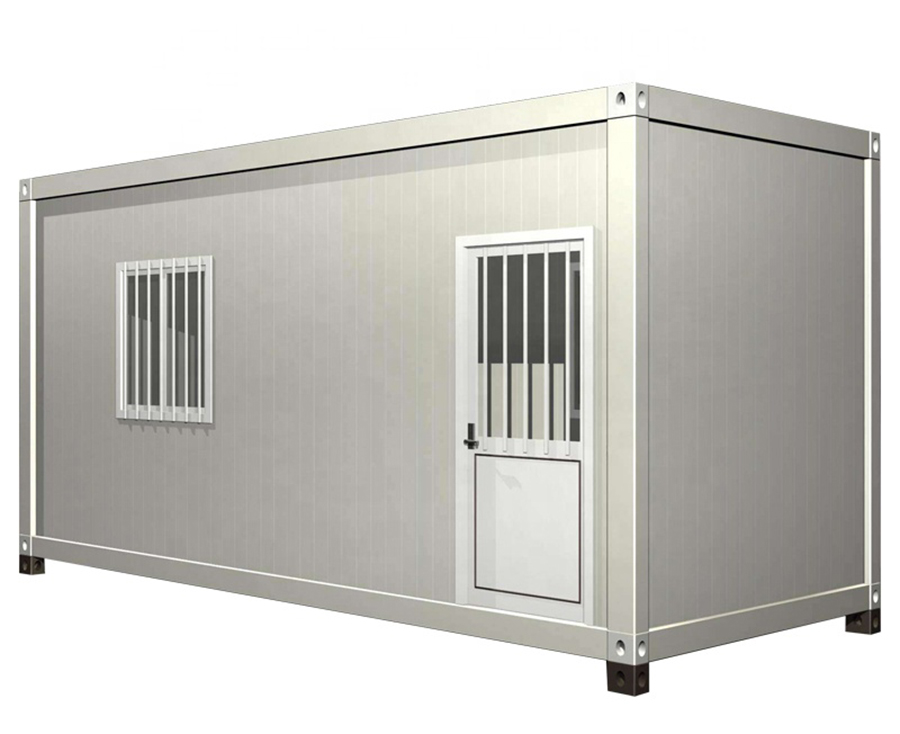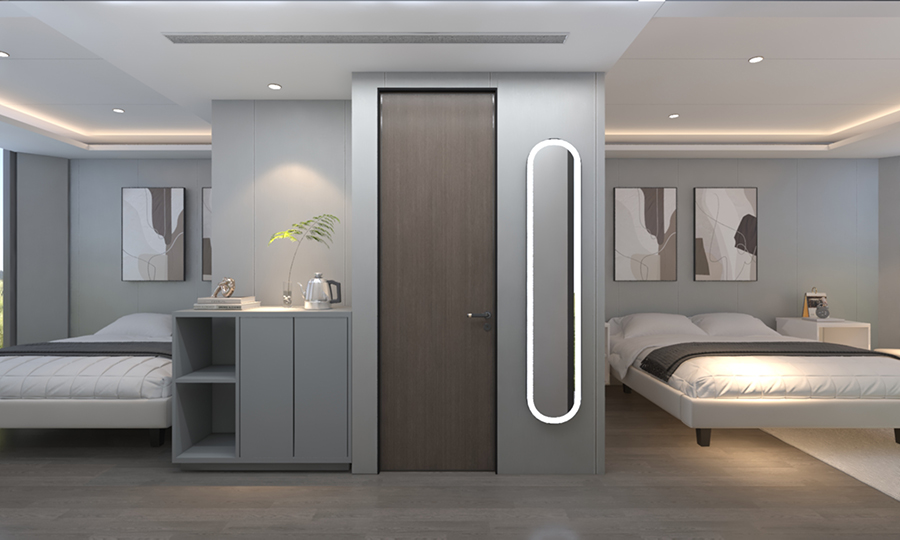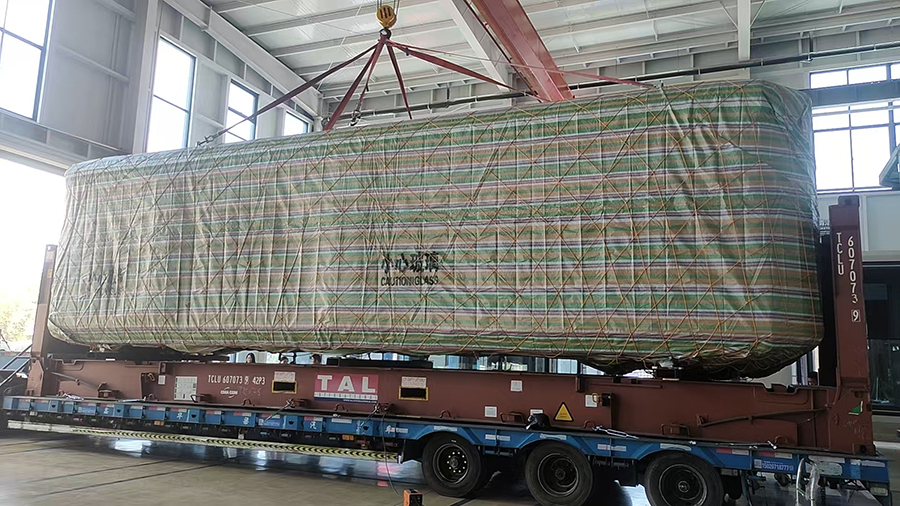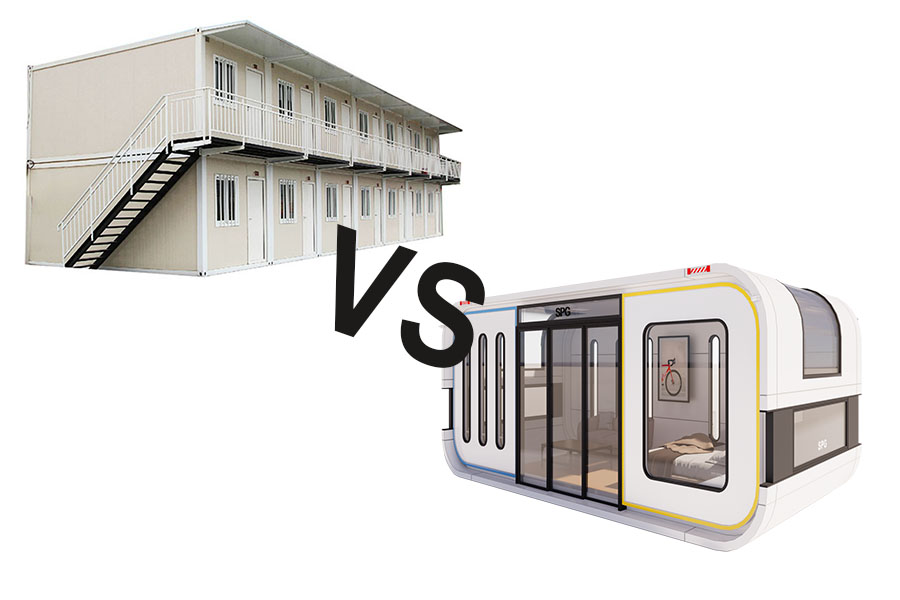Magnetic rods, core components of magnetic filtration systems, are widely used in numerous industries, including food, chemicals, pharmaceuticals, and plastics, to absorb and remove ferromagnetic impurities from materials. You've probably seen them often, but have you ever wondered why some magnetic rods are as shiny as mirrors while others are dark and plain? The surface of this tiny metal rod holds a lot of secrets.
Today, we'll delve into the surface treatments that can be applied to magnetic rods and how these treatments significantly impact their performance, lifespan, and application areas.




First, let's discuss the basic structure and working principle of a magnetic bar.
A magnetic bar typically consists of a strong inner magnetic core (such as a neodymium iron boron magnet) and an outer protective sheath. The core generates a strong magnetic field, while the outer sheath protects the core, prevents corrosion, and facilitates cleaning. The working principle of a magnetic bar is to use its strong magnetic field to attract ferromagnetic impurities in flowing materials, thereby achieving purification and separation.
Based on search results, the magnetic field strength of a magnetic bar typically ranges from 8,000 to 12,000 gauss, making it effective in capturing micron-sized iron particles. However, this high-intensity operating environment also places higher demands on the surface properties of the magnetic bar.
So why do magnets need surface treatment?
A bare magnet (usually NdFeB or ferrite) must never be exposed directly to the operating environment for the following reasons:
1. Corrosion protection: High-performance NdFeB magnets, especially those primarily composed of iron, neodymium, and boron, are chemically very reactive and easily oxidize and rust. Once corroded, their magnetic properties degrade dramatically, ultimately leading to failure.
2. Wear resistance: Under conditions of high-speed material flow or friction with hard particles, the exposed surface of the magnet will quickly wear away, compromising its integrity.
3. Hygiene and cleanliness: In the food and pharmaceutical industries, surfaces must be smooth, free of dead corners, and easy to clean to prevent bacterial growth and comply with FDA, USDA, and other hygiene standards.
4. Insulation protection: Certain treatments can provide an electrical insulating layer to prevent electrochemical corrosion.
5. Enhanced strength: The metal casing itself provides structural support for the brittle magnetic core (especially NdFeB), preventing it from shattering under strong impact.
Mainstream Magnetic Rod Surface Treatment Options
Depending on the magnetic core material, application environment, and cost budget, the following mainstream surface treatments are available.
1. Stainless Steel Cladding
This is the most common and classic treatment method. The magnetic rod core is completely sealed in a seamless stainless steel tube (usually 304 or 316L stainless steel).
* Advantages:
* Excellent corrosion resistance: Resists corrosion from moisture, various chemicals, and materials.
* High strength: Provides robust protection for the magnetic core, resisting impact and pressure.
* Smooth surface: Easy to clean and meets hygienic requirements.
* Long service life: Provides maximum protection for the magnetic core under most operating conditions, extending the overall life of the magnetic rod.
* Applicable Applications: Suitable for nearly all industries, especially those requiring high hygiene and corrosion resistance, such as the food, pharmaceutical, and chemical industries. 316L stainless steel, due to its superior resistance to chloride ion corrosion, is the preferred choice for demanding applications such as food and marine environments.
2. Electroplating
For NdFeB magnets, electroplating is a cost-effective method for applying a protective coating directly to the magnet surface.
* Common Platings:
* Nickel Plating (Ni-Cu-Ni): The most common choice. It offers a bright appearance and good corrosion and wear resistance. It is relatively inexpensive.
* Zinc Plating: Its corrosion resistance is inferior to nickel plating, but it is more cost-effective. It is typically used in dry environments or where corrosion protection is less critical.
* Epoxy Plating: It provides a thick, organic coating with excellent chemical resistance and electrical insulation.
* Advantages:
* Cost-effective.
* A very thin protective layer can be produced, with minimal impact on the magnet's dimensions.
* Disadvantages:
* The coating is typically thin, and if a damaged spot occurs, corrosion can spread inwards.
* Not as wear-resistant as stainless steel cladding.
* Suitable for cost-sensitive industrial applications with relatively mild working environments, such as dry powder iron removal in certain plastics, wood, and building materials industries.
3. Teflon (PTFE)/Polytetrafluoroethylene Coating
Teflon is renowned for its excellent non-stick properties, chemical resistance, and high and low-temperature resistance.
* Advantages:
* Extreme non-stick properties: Effective for sticky, moist, and easily adherent materials (such as syrups, sauces, and minced meats). Impurities automatically fall off, making cleaning extremely easy.
* Excellent chemical resistance: Resistant to almost all strong acids, bases, and organic solvents.
* Food-grade compliant: Ideal for the food and pharmaceutical industries.
* Disadvantages:
* Relatively soft coating, easily scratched by sharp objects.
* Costs higher than conventional electroplating.
* Suitable for industries handling highly viscous materials, such as food processing (chocolate, jam, oils), chemicals, and pigments.
4. Rubber (Polyurethane/Silicone) Coating
Wrapping the magnetic rod with a layer of rubber provides exceptional protection.
* Advantages:
* Excellent cushioning and wear resistance: Particularly suitable for handling large, hard, and abrasive materials (such as ores, recycled plastics, and sand and gravel).
* Shock and noise reduction: Reduces noise and vibration in high-speed pipelines.
* Increased friction: Helps to move materials during conveying.
* Disadvantages:
* Not suitable for high-temperature environments or in the presence of organic solvents.
* Not as sanitary as stainless steel and Teflon, generally not suitable for direct contact with finished food products.
* Suitable for: Heavy-duty and abrasive industries such as mining, ceramics, building materials, and waste recycling.
How to choose the right protective clothing for your application?
The choice of surface treatment depends on your specific needs. You can refer to the following decision-making guidelines:
1. Industry and Material Properties
* Food/Pharmaceutical: Stainless steel (316L) or Teflon coating is preferred.
* Chemical/Highly Corrosive Environments: Teflon coating or 316L stainless steel.
* Plastics/Dry Powders/Mild Environments: Nickel plating is an economical choice.
* Mining/Abrasive Materials: Rubber coating is the best choice.
2. Humidity and Cleaning Methods
* Wet environments requiring water/steam cleaning: Choose fully sealed stainless steel coating or Teflon coating.
* Dry environments: Either electroplating or stainless steel is acceptable.
3. Material Viscosity
* High viscosity: Choose Teflon coating without hesitation.
4. Cost Budget
* For ample budget and maximum life and reliability: Stainless steel coating.
* For a limited budget and mild environment: Electroplating.
Finally, the surface treatment of magnetic rods is far more than a mere "decorative" addition; it's crucial to their performance, lifespan, and safety. From basic electroplating to advanced specialty coatings, each technology has its own applicable scenarios and advantages. With the continuous advancement of industrial technology, magnetic rod surface treatment technology is also constantly innovating, moving towards greater environmental friendliness, durability, and intelligence.
Choosing the right surface treatment solution requires comprehensive consideration of multiple factors, including the operating environment, cost budget, and performance requirements. Through scientific surface treatment and proper maintenance, magnetic rods can maintain stable performance in a variety of harsh operating conditions, providing a reliable solution for separating iron impurities in industrial production.


























